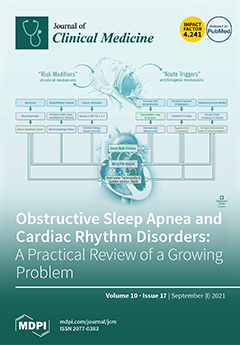We evaluated the metabolic effects of gastrectomies and endoscopic submucosal dissections (ESDs) in early gastric cancer (EGC) patients with type 2 diabetes mellitus (T2DM). Forty-one EGC patients with T2DM undergoing gastrectomy or ESD were prospectively evaluated. Metabolic parameters in the patients who underwent gastrectomy with and without a duodenal bypass (groups 1 and 2,
n = 24 and
n = 5, respectively) were compared with those in patients who underwent ESD (control,
n = 12). After 1 year, the proportions of improved/equivocal/worsened glycemic control were 62.5%/29.2%/8.3% in group 1, 40.0%/60.0%/0.0% in group 2, and 16.7%/50.0%/33.3% in the controls, respectively (
p = 0.046). The multivariable ordered logistic regression analysis results showed that both groups had better 1-year glycemic control. Groups 1 and 2 showed a significant reduction in postprandial glucose (−97.9 and −67.8 mg/dL), body mass index (−2.1 and −2.3 kg/m
2), and glycosylated hemoglobin (group 1 only, −0.5% point) (all
p < 0.05). Furthermore, improvements in group 1 were more prominent when preoperative leptin levels were high (
p for interaction < 0.05). Metabolic improvements in both groups were also observed for insulin resistance, leptin, plasminogen activator inhibitor-1, and resistin. Gastrectomy improved glycemic control and various metabolic parameters in EGC patients with T2DM. Patients with high leptin levels may experience greater metabolic benefits from gastrectomy with duodenal bypass.
Full article






